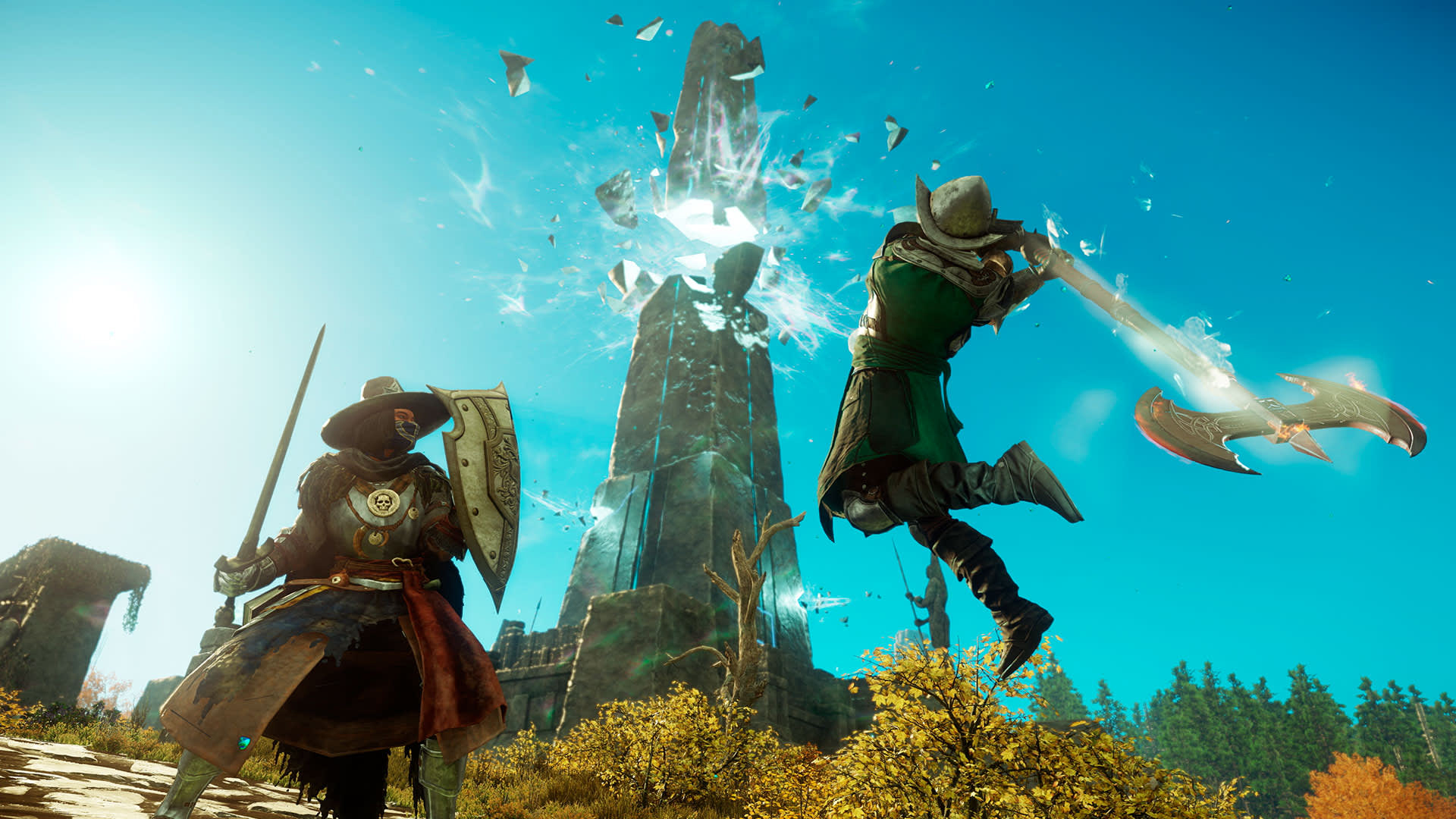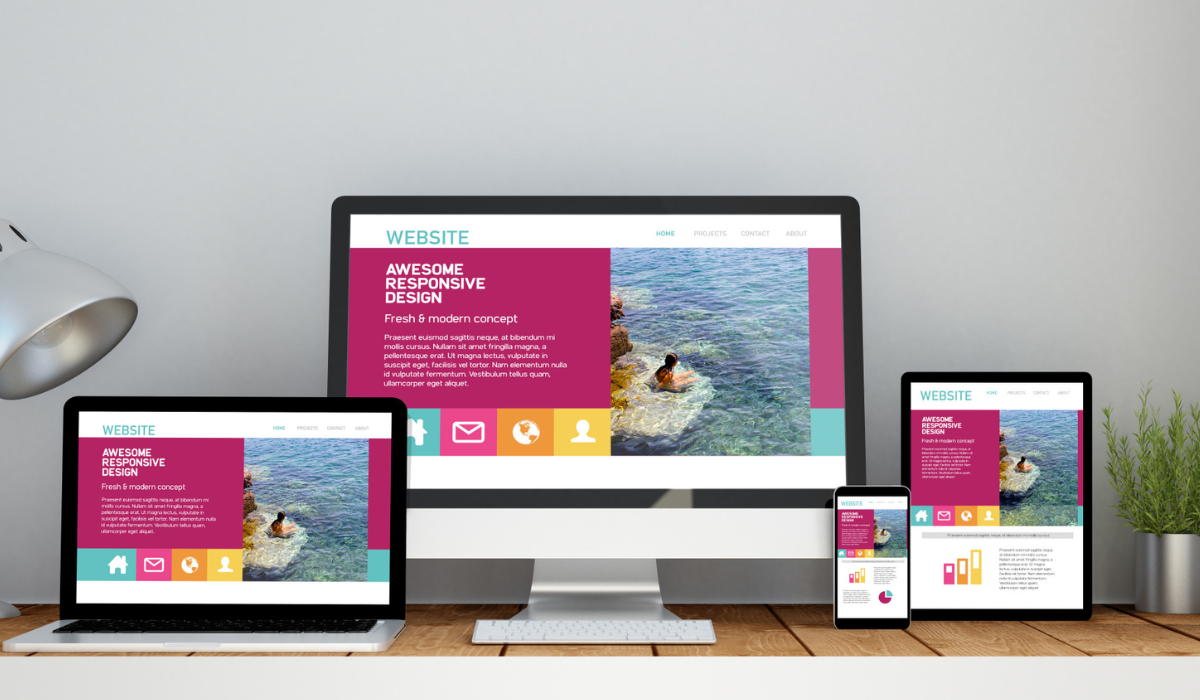For several years people have been thought about the web as a two-dimensional space occupied with pages that occupy side by side on a flat, infinite plane. But as the devices that are designed for take on a rapidly diverse array of shapes and sizes, people should hold new ways of designing up and downside. By constructing interfaces using a system of layers, complicated design problems are solved, flexibly familiarise to a variety of screens, and made new patterns that will direct the way to upcoming interactions.
In regards of geometric terms, the z-axis is the vertex that measures space above and below the two axes that are x- and y-axes. Designing on the z-axis only means incorporating three-dimensional physics as depicted by the z-axis into the interface designs. By utilizing the z-axis to place interface elements above or down one another, one can create good design systems that are much flexible and instinctive to use. Generating an interface that flawlessly works across the z-axis needs two important elements: layers and transitions.
1. Layers Integrating layers is crucial to designing on the z-axis, as layers are the way we distinguish levels above and down one another. A layer may contain a single UI element that occupies above the remaining of the view, or it may be a full screen that seems and disappears as required. Though you incorporate layers, each shall have a purpose a reason it happens and be used steadily throughout the site in a way that assist users better comprehend the design. Menus Generally saying, the advanced something sits on the z-axis, the extra important it is. Main navigation menus are generally placed on a higher level compared to other elements; they may pop over the remaining of the view, they may stick to the top of the screen, or they may be retrieved by zooming out to a bigger menu presentation. Action buttons Primary action buttons like checking in or accumulating a new post, are frequently placed above other elements on the z-axis. It’s simple to suggest what an app thinks is its most crucial feature when it’s sitting above everything else.
2. Transitions When user use layers in an interface design, it’s vital to include animations that smooth the transitions among them. Animated transitions provide several significant functions: they assist soften what can otherwise be a jarring instant of change, they describe where user came from and where you’ve arrived, and they give cues about how info on the new layer relays to everything else. Sliding Sliding is one of the most usual animated transitions as it’s relatively simple to execute and simple to comprehend. Mobile websites that obtain to mimic this interaction shall take note -sliding a left menu above the top of a webpage generally feels heavy and intrusive in comparison to sliding the main view instead. Zooming Zoom animation has been about for a while, but its recurrent use in Apple’s !OS 7 has raised both its admiration and its infamy. Some people have suggested the zooming used through the operating system—especially when opening and closing apps—mark them nauseous. Other transitions Sliding and zooming are two of the most usual animated transitions utilised today, but there are other choices, involving flipping or folding.






